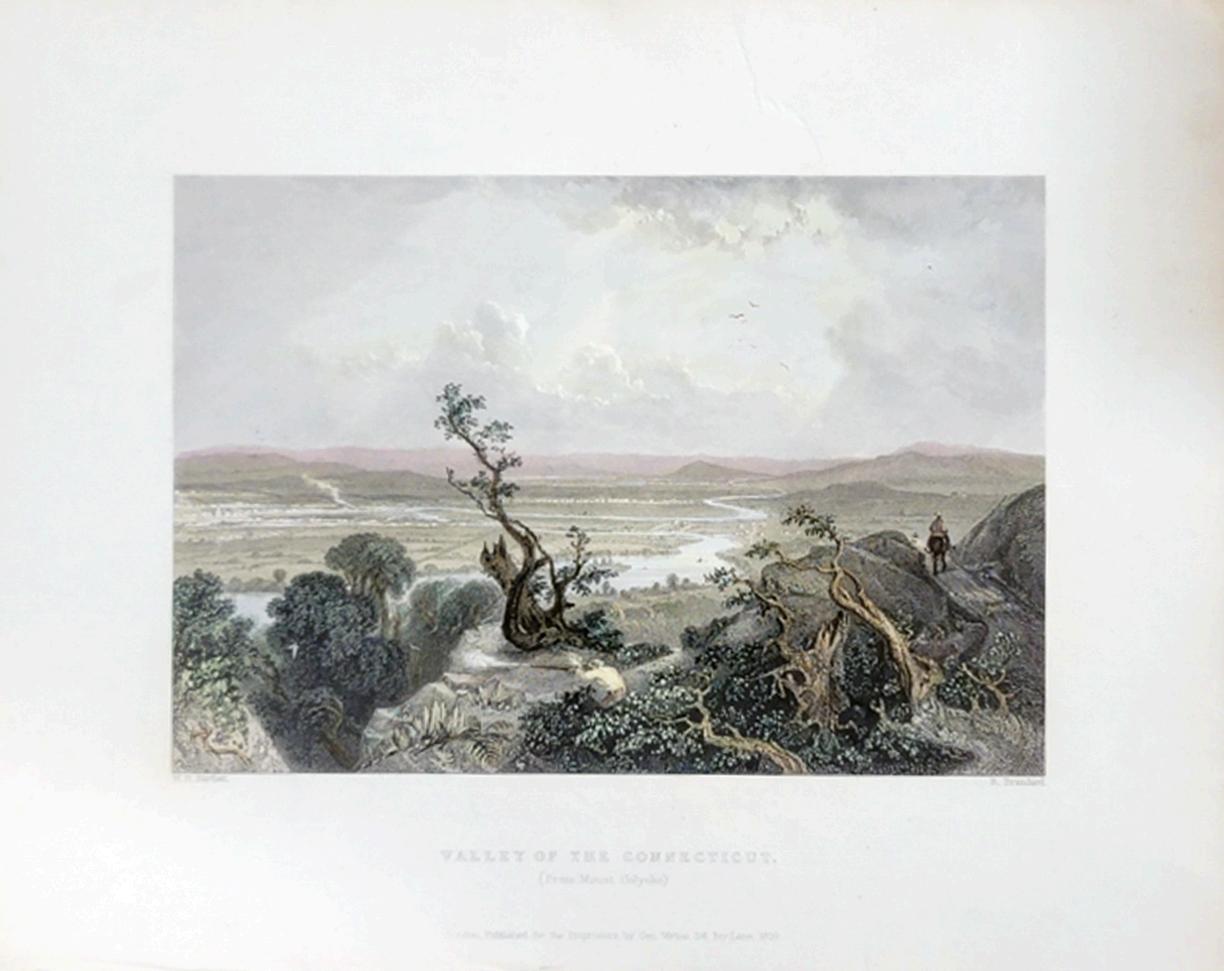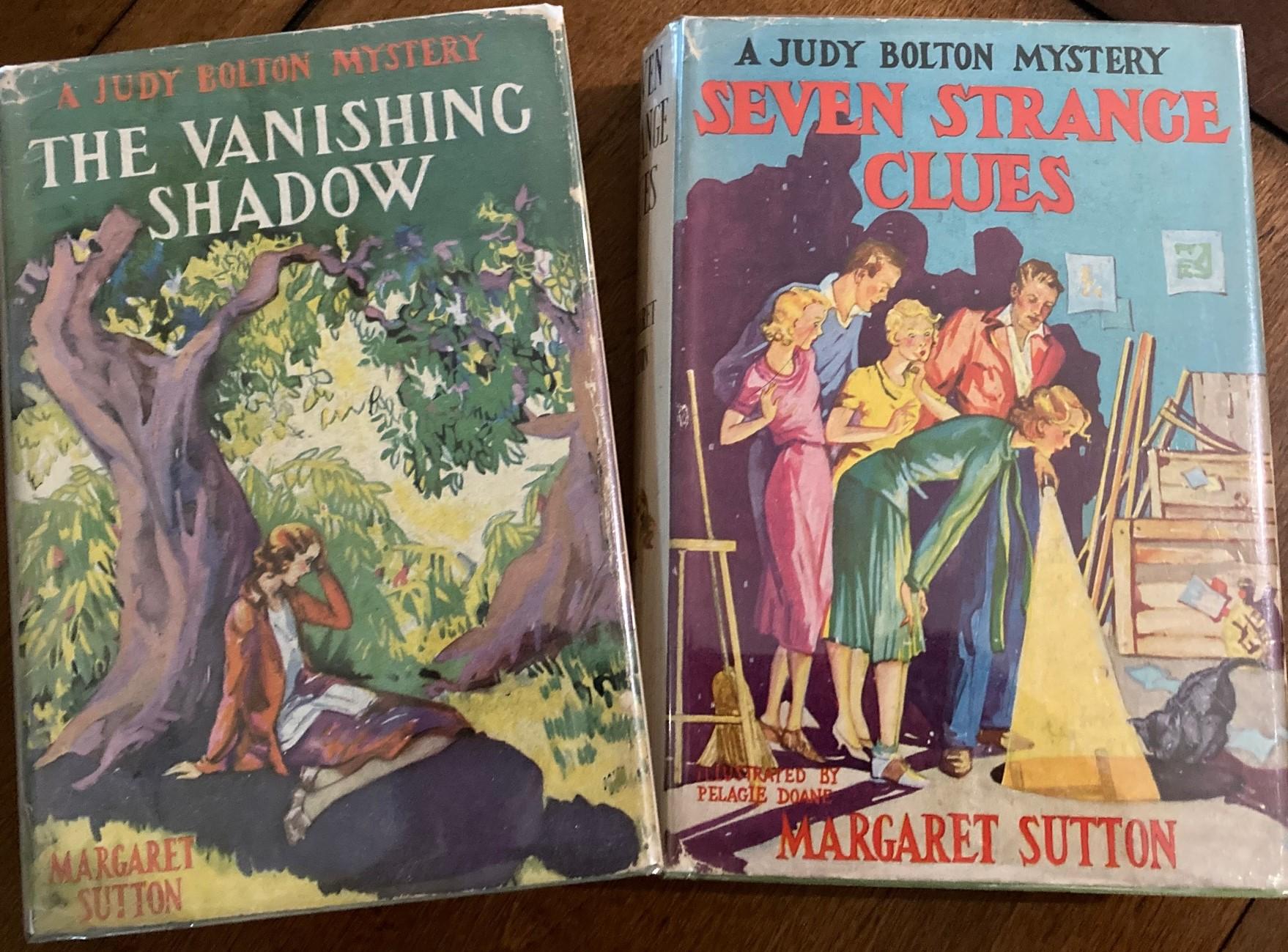
6 minute read
The art of print collecting: what you should know
By Kirk Krommenhoek
In 1989, I walked into a print gallery in the design district of Dallas, Texas. I was drawn in initially by an image in the window of a large exotic parrot. I had always been an arm chair ornithologist and avid birder. After stepping into the print gallery, I was stunned by all of the visual imagery, birds, mammals, ships, and many other beautiful hand-colored lithographs and chromolithographs of all genres. I was completely hooked.
I had no idea that such prints existed, I didn’t understand that these prints/images were all from books, and that the processes that they were made by were all printing processes of a particular time period.
Print collecting is very personal and can be very broad as there are so many subjects to collect and as there are so many different processes in producing prints. The word print brings to mind all of the different processes: mezzotint, etchings, watercolor, pastel, steel engravings, copper or wood engravings to name just a few. The collecting of prints comes down to having some connection with a certain style, artist, time period, or just imagery. There are many variables. For this article, I am going to focus on prints extracted from books in the 19th century. Discussing some of the printing processes, paper types and tips on the identification of prints/lithographs extracted from books or plates issued loose in portfolios.
first quarter 2024
Published by London: Taylor and Francis for Henry Sotheran,
During the 19th century, stone lithography was used to illustrate some of the great natural history books of that time period. The process offered a very subtle and graduating gradient of shading and coloring that lent itself to producing first quarter 2024 book lovers’ paradise magazine images of birds, mammals, botanical images that were hand colored after printing.

On the previous page is an image from a Monograph of the Paradiseidae, or Birds of Paradise, and Ptilonorhynchidae, or Bower-birds.
The watercolors used to create prints like the one on the previous page were made from pigments that were both natural (found in nature such as ground minerals) as well as man-made pigments, offering a variety of colors. Gum arabic, a clear varnish type substance would be added after the lithograph was water colored. The gum arabic would be applied to the darker areas of an image, along with the eyes, to give the illusion of a three-dimensional effect.
The image appears as if it could jump off the page, strikingly beautiful. Gum arabic was used in many color plate books to illustrate a variety of animals, birds, scenery in travel books, costume and or fashion plates. If you look at a print and hold it to the light, you can see the gum arabic on top of the water color. Sometimes it is faded and/or not easily noticeable.
Steel engraving was also popular in the 19th century. Many of the view books, like Picturesque America, American Scenery, The Portrait Gallery, all contain steel engravings as well as wood engraving.
On the next page is a steel engraving from American Scenery. The image is one of many from the book. This particular image has some light hand coloring that was added sometime in the 20th century.
When identifying vintage engravings, and or lithographs, I have always looked at the paper. The paper quality can help you determine if the print is authentic to the time period. Laid paper or woven paper were both used for different applications in print making, books, and just general writing paper, to name a few. Laid paper has small ridges – lines that go across the paper. Woven paper is smooth with no lines or first quarter 2024 book lovers’ paradise magazine watermarks at all. Prints removed from books are most of the time on woven paper.
When trying to identify an engraving or lithograph, looking at the paper can tell you a lot. Sometimes foxing or brown spots can be seen on the paper, which is usually an indication of age. One note of caution is that the printing processes today are very good and can copy the age marks as well — so buyer beware.
Steel engraving from American Scenery

Besides the paper, another sign of an original lithograph or engravings are stitch marks in the margins where the plate would have been sewn into the book. Sometimes the stitch marks are trimmed off. Other plates or engravings may have been tipped in on a separate piece of paper tab that would have then been sewn into the book.
Many times, you may find plates that have some of the remaining tab still attached to a print or you can see glue marks where the tab would have been attached. Another method of identification is to look on the edge of the print or lithograph to see if the edges are gilt. Many of the natural history books edges were gilt with a gold ink that can be seen on the top edge or right edge of the plate.
When identifying maps from atlases, or other plates from large atlas-type books, here’s what to consider. Many of the first quarter 2024 book lovers’ paradise magazine plates were folded, especially maps. So, if you’re identifying an original map that is from an atlas, always look to the center of the map for a fold or crease line running the entire length of the map. If the map is not framed, look at the back of the map where the map may have been tipped in or sewn into an atlas. If so, it will be evident. You can also evaluate the paper quality and type – laid or woven. Not all maps are from atlases. Many were folded or issued separately, so look for folds.
There are so many different printing processes and methods that vary greatly. The art of print collecting comes down to having some connection with the genre, artist, style, and or time period or just something that really appeals to the individual collector. I tell customers to buy a print because it makes you feel good, you understand some of the history behind the image, or you have an appreciation for the printing process by which the image was made.
I have briefly mentioned some of the methods used to identify stone lithographs, and or engravings from books. Knowing the different types of paper used in the printmaking process, learning about some of the printing processes (steel engraving and stone lithography) will help in identifying these types of prints.
The best way to learn to identify original prints from reproductions, is to get out there and make mistakes, go to auctions, buy online, or at estate sales or antique malls. It can be a lot of fun, and exciting. There is, of course, a wealth of information on the internet to help in identifying antique prints as well. Happy hunting and remember as collectors we are responsible for preserving these images of history for those who will follow in our footsteps.
Kirk Krommenhoek of K&S Fine Art in Purcellville, VA.
first quarter 2024
Two of the early Judy Bolton books







